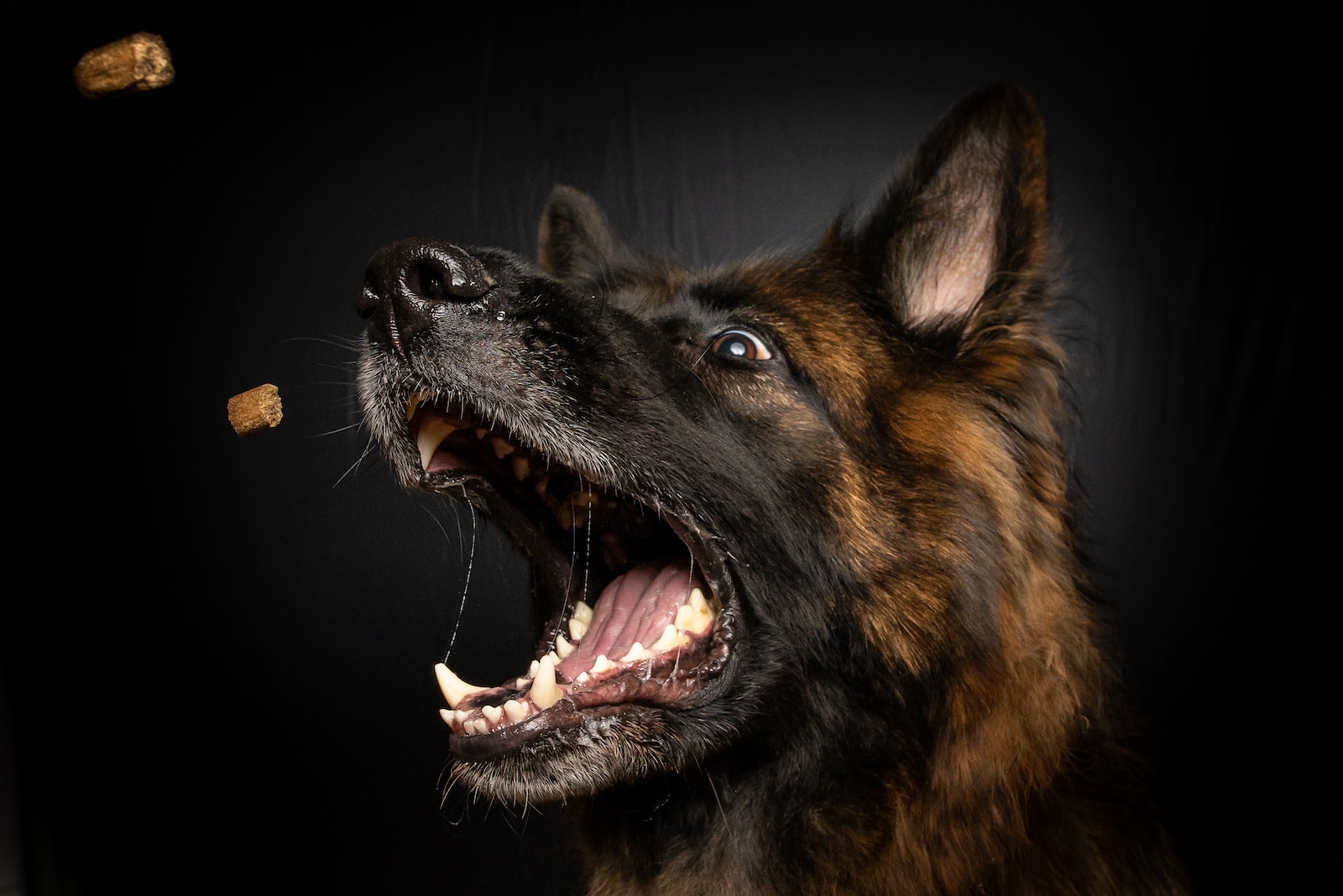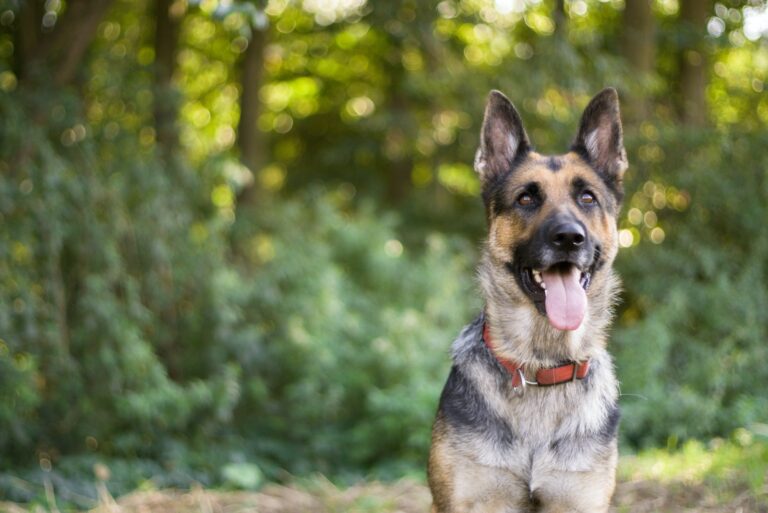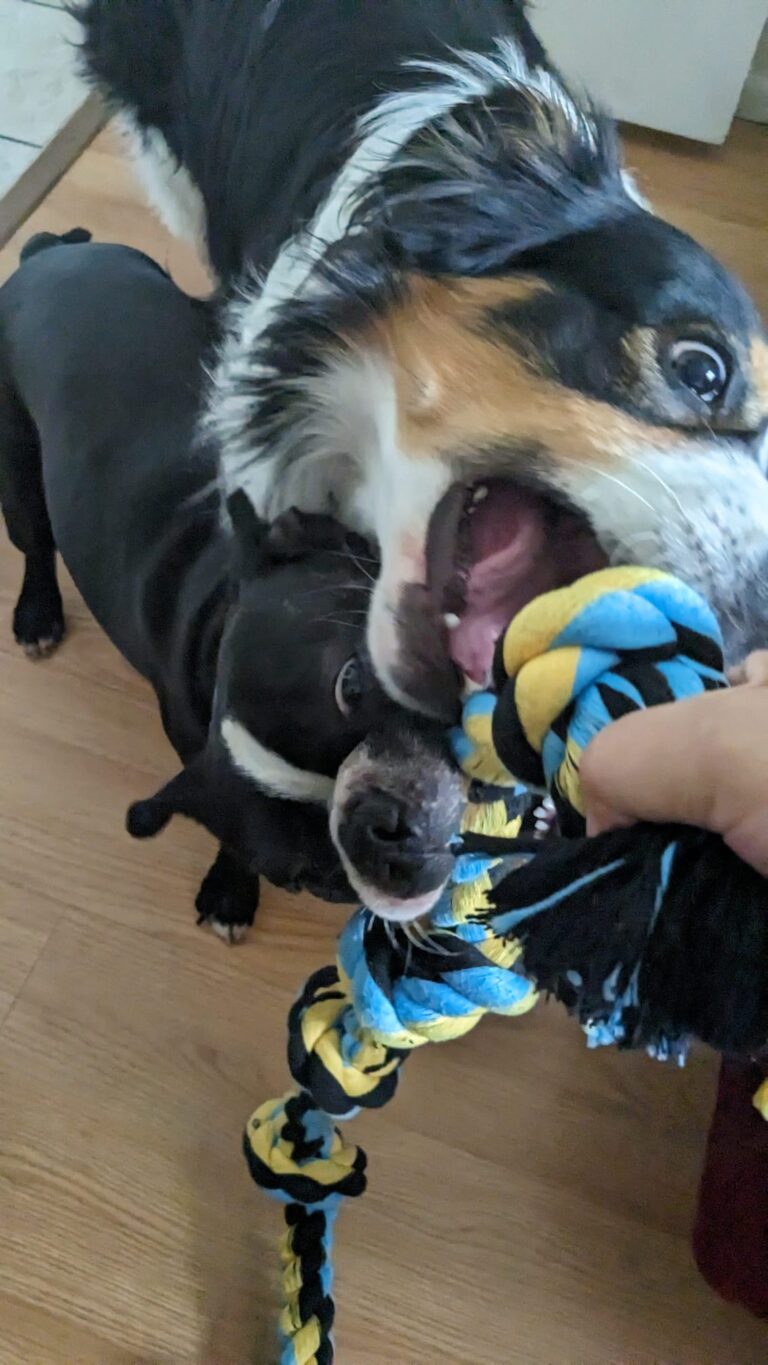Canine Dental Health: Exploring the Remarkable Resilience of Dog Teeth
One day, writhing in the grip of an excruciating toothache, I cast an envious glance at my dogs, whose dental resilience seemed impervious to the rigors of their canine lives. These four-legged companions engage in a litany of activities that would surely send shivers down any human dentist’s spine – gnawing on hard bones, chewing voraciously on anything within reach, excavating the earth with gusto, and even indulging in less savory habits like ingesting unpalatable substances. And yet, they never seem to suffer the torment of toothaches, and their teeth appear to defy the passage of time. How is this possible? In this article, we embark on a scientific journey to unravel the mysteries behind the robust dental health of our canine friends. As humans, dental cavities are a common and often painful malady, brought about by the erosion of tooth enamel through a process known as demineralization. Surprisingly, dogs, despite their seemingly reckless dental behavior, exhibit a notably low incidence of cavities.
This anomaly prompts a pertinent question: do dogs get cavities, and if not, what shields their teeth from this common affliction?
The Canine Diet: A Natural Dental Defense Mechanism
Dogs’ remarkable resistance to cavities can be largely attributed to their distinct dietary preferences. Unlike humans, whose diets frequently encompass a range of sugary and acidic foods known to exacerbate dental decay, dogs naturally gravitate towards a diet that is notably different. Their primary source of sustenance consists of foods rich in protein, while being conspicuously low in refined sugars. This fundamental contrast in dietary habits serves as a cornerstone in safeguarding their dental health. The absence of refined sugars in their diet is particularly significant. Refined sugars are notorious for being a catalyst in the development of dental cavities in humans. These sugars provide an optimal environment for harmful bacteria in the mouth to thrive, ultimately leading to the erosion of tooth enamel. In dogs, however, this dental hazard is considerably minimized due to their predominantly protein-centric diet. This dietary composition not only aligns with their biological needs but also acts as a natural defense mechanism against the onset of cavities. Furthermore, the protein-rich nature of a dog’s diet serves to promote oral health in multiple ways. Proteins are essential for the repair and maintenance of bodily tissues, including those in the oral cavity. This means that any minor wear and tear on their teeth, incurred through chewing and other natural activities, is readily addressed. Additionally, the chewing action itself aids in keeping their teeth clean by reducing plaque buildup, thereby contributing to overall dental well-being.

Salivary Enzymes and pH Balance
Moreover, the composition of a dog’s saliva is a marvel in itself, exhibiting marked differences from that of humans. Canine saliva is enriched with a higher concentration of specialized enzymes that play a pivotal role in the breakdown of food particles within their mouths. This enzymatic activity is a crucial component of the digestive process for dogs, ensuring that nutrients are efficiently extracted from their meals.
One of the key distinctions in canine saliva lies in its pH level. The oral environment of dogs tends to be more alkaline compared to that of humans. This elevated pH level creates an environment that is inherently less hospitable to the proliferation of cavity-causing bacteria. In this alkaline milieu, these harmful microorganisms find it considerably more challenging to thrive and propagate. Consequently, this physiological trait forms yet another layer of defense in the canine arsenal against dental decay. The combination of specialized enzymes and an alkaline oral pH level creates a dynamic interplay that actively supports the maintenance of optimal dental health in dogs. As they chew and ingest their meals, these natural mechanisms swing into action, effectively breaking down food particles and inhibiting the growth of bacteria that could potentially lead to cavities.
The Resilience of Canine Teeth: An Evolutionary Advantage
The formidable strength of a dog’s teeth stands as a testament to the marvels of evolution, a product of millennia of meticulous adaptation and rigorous natural selection. These teeth, meticulously designed by the forces of nature, are nothing short of an engineering marvel. Their shape and structure have been fine-tuned over eons to serve as efficient tools for gripping, tearing, and crushing a diverse array of foods. From tender meats to resilient bones, every aspect of their dental anatomy is perfectly calibrated to meet the challenges of their carnivorous dietary heritage. The canine dentition is a testament to the precision and efficacy of evolutionary design. Their incisors, canines, premolars, and molars all play specific roles in the mastication process, finely attuned to the demands of their diet. The incisors aid in grasping and nibbling, while the canines, with their pointed and robust form, are the primary instruments for puncturing and tearing. The premolars and molars, with their broad, flat surfaces, are adept at crushing and grinding. This specialization in tooth structure ensures that dogs can efficiently extract every morsel of nutrition from their meals, a critical adaptation for their survival in the wild.
The Enamel Advantage
The enamel that encapsulates a dog’s teeth is a marvel of nature, characterized by its exceptional density and robustness. This protective layer serves as an impenetrable shield, standing guard against the erosive forces that are notorious for causing cavities in humans. It is a testament to the precision of biological engineering, offering a formidable defense against external threats. In comparison to human enamel, the composition and crystalline structure of canine enamel diverge significantly. This subtle yet pivotal distinction results in a superior resistance to demineralization. The crystalline lattice of canine enamel is inherently more resistant to the corrosive effects of acids and other erosive agents. This structural advantage affords dogs an added layer of protection against the processes that lead to tooth decay in humans. Furthermore, the density of canine enamel is a marvel in itself. It is denser and less porous compared to human enamel, providing an extra level of fortification against the relentless wear and tear of daily activities. This denseness is crucial in preserving the integrity of their teeth, especially given the demanding tasks their teeth are designed to perform. The evolutionary refinement of canine enamel is a testament to the adaptive processes that have shaped these animals over millennia. It is a striking example of nature’s ingenuity in crafting specialized defenses to meet the unique challenges of a carnivorous diet. Understanding the exceptional properties of canine enamel not only enriches our appreciation for the intricacies of dental biology but also underscores the importance of tailored dental care for our canine companions.
Final thoughts
The exceptional dental health exhibited by dogs, despite their seemingly unorthodox oral habits, is a testament to the intricacies of evolutionary adaptation and the interplay between diet, saliva composition, and tooth structure. While humans grapple with the specter of cavities, our canine companions boast an impressive natural defense against this common affliction. Understanding the factors that contribute to canine dental resilience not only offers insights into the remarkable adaptations of our furry friends but also underscores the importance of tailored dental care for our pets. As we delve deeper into the mysteries of canine dental health, we gain a newfound appreciation for the elegance of nature’s design and the resilience of our beloved canine companions.






